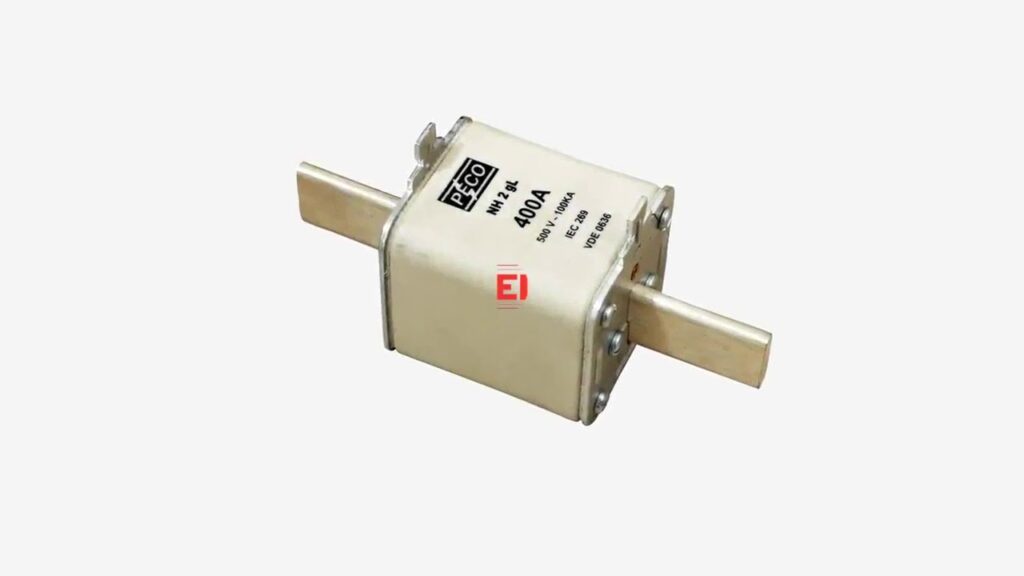Circuit protection devices are essential components in electrical devices that can help prevent accidents and damage. Three commonly used circuit protection devices are MCCBs, MCBs, and RCCBs.
In this article, we will explore the differences between these devices and how they work to protect electrical circuits.
Usage and functions of MCB, MCCB, RCCB
MCB
MCBs, or Miniature Circuit Breakers, are the most common circuit protection devices that protect against overcurrents, which occur when too much current flows through a circuit.
When an overcurrent is detected, the MCB trips and interrupts the flow of electricity, preventing damage to the circuit and any connected devices.
- MCBs are typically used in low-voltage electrical systems and are available in various current ratings.
- They are compact, easy to install, and relatively inexpensive compared to other circuit protection devices.
- They are commonly used in residential and commercial settings to protect lighting circuits, power outlets, and other low-current devices.
MCCBs
MCCBs, or Molded Case Circuit Breakers, are similar to MCB in a function used in higher current applications.
- They are typically used in industrial and commercial settings where high-power electrical equipment is used.
- MCCBs offer higher current ratings and are designed to withstand higher temperatures and harsher environments than MCBs.
- Like MCBs, MCCB protects against overcurrents. When an overcurrent is detected, the MCCB trips and interrupts the flow of electricity.
- Unlike MCBs, however, MCCBs are designed to be reset manually after they trip, allowing the circuit to get restored once the problem has got untangled.
RCCBs
RCCBs, or Residual Current Circuit Breakers, is another type of circuit protection device. They protect against electrical shocks by detecting minor imbalances in the electrical current flowing through a circuit.
When an RCCBs detects an imbalance, it trips and interrupts the flow of electricity, preventing the electrical shock from occurring. RCCBs are typically used in residential and commercial settings to protect against electrical shocks in bathrooms, kitchens, and outdoor areas.
RCCBs are available in two types: Type A and Type AC.
- Type A RCCBs are designed to detect AC and DC currents, making them suitable for use with electronic devices and appliances that use DC.
- Type AC RCCBs, on the other hand, are designed to detect only AC currents and are suitable for use in areas where electronic devices are not present.
Other types of circuit protection devices
In addition to MCBs, MCCBs, and RCCBs, there are other types of circuit protection devices available, including fuses, surge protectors, and ground fault circuit interrupters (GFCIs).
Each of these devices serves a different purpose and provides a different level of protection.
- Fuses protect against overcurrents in low-voltage electrical systems.
- Surge protectors protect against voltage surges and spikes, which can damage electronic devices and appliances.
- GFCIs are similar to RCCBs in that they protect against electrical shocks. They are typically used in residential and commercial settings to protect against electrical shocks in bathrooms, kitchens, and outdoors.
In conclusion, circuit protection devices such as MCBs, MCCBs, and RCCBs are essential parts of electrical safety.
Visit IndoAsian to know more!

